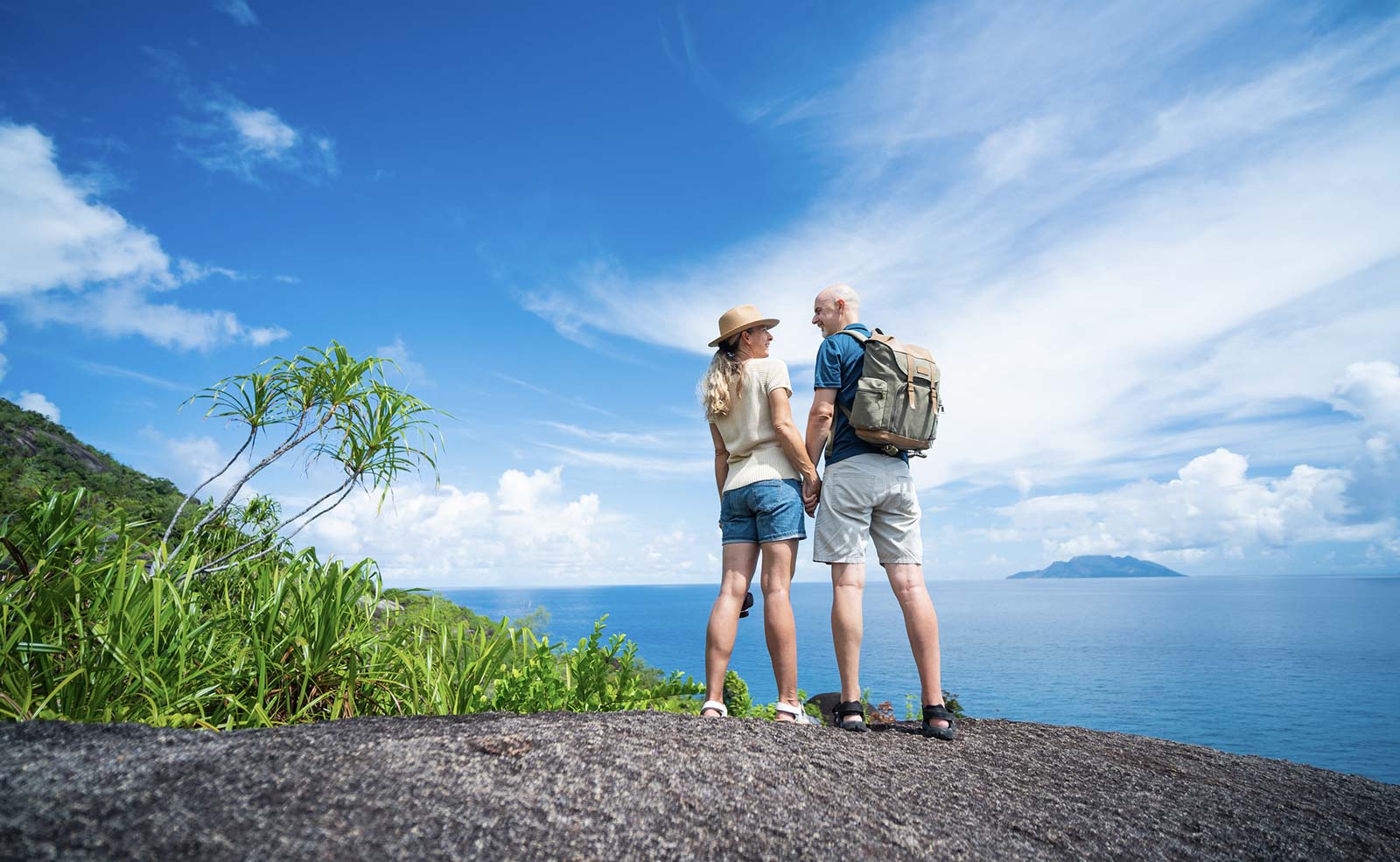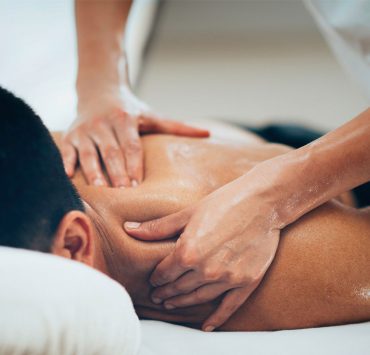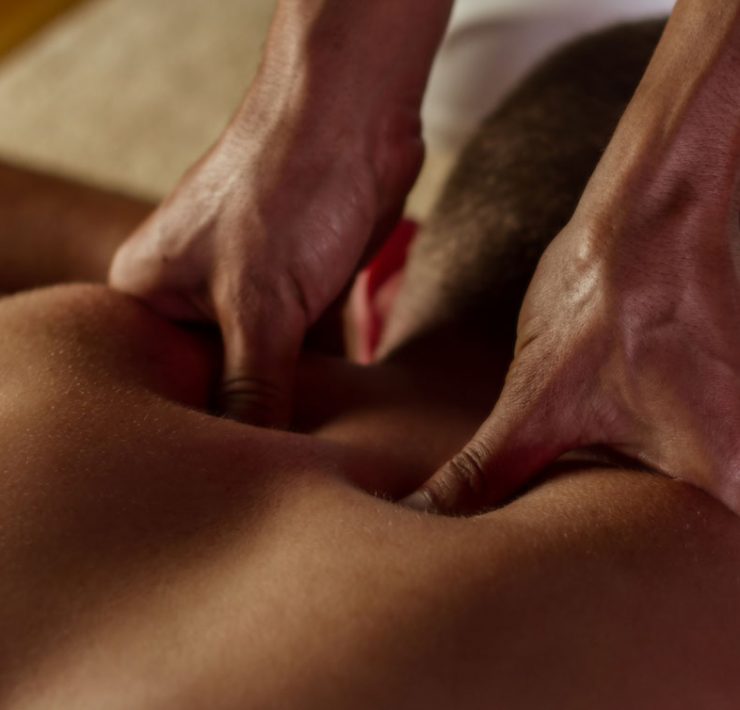With the onset of summer comes vacations! Some folks will be heading to our national parks, others to the beach, and some may travel even further…Europe, anyone? Whatever your vacation destination, it’s likely you’ll be drastically increasing your number of steps from your typical routine. There is even a meme floating around Tik Tok and Instagram about it.
While walking is a superlative way to explore the nooks and crannies of a new location, it comes with some pains, especially if you’re radically upping your activity level. Luckily, there are steps (pun intended) you can take to alleviate pain and prevent injury—a major summer bummer we all want to avoid!
Common Injuries That Can Sneak Up on Stepped-Up Travelers
One common ailment that starts on vacations is plantar fasciitis, which is characterized by pain under the arches of your feet, especially near your heel. One way to ID plantar fasciitis is that the pain level is much higher the first couple of steps after resting, and then goes away after a few steps. As this condition worsens, the pain lasts longer and longer, eventually becoming constant. Plantar fasciitis can be challenging to resolve as it doesn’t linearly respond to rest, icing, stretching, and other typical solutions.
A condition that can be associated with plantar fasciitis is achilles tendonitis. Achilles tendonitis can also occur independently of plantar fasciitis, especially if you have previously had achilles issues. Achilles tendonitis is recognized by pain in your achilles’ tendon that may spread into the sides of your heel.
Another injury to be aware of is shin splints. Shin splints are very common in anybody that has drastically increased their level of activity, and starts with a dull ache on the medial aspect (inside) of the tibia (main shin bone). This condition usually improves with rest, but if it’s ignored over weeks or months, it can eventually lead to stress fractures in the tibia.
Packing for Your On-Foot Adventures
One of the first ways to prevent pain and injury starts before you even leave your home. First and foremost: Pack the right shoes! If you expect to be on a hike with dirt and rocks, prioritize shoes that have adequate grip to their soles and that allow for plenty of ankle mobility. Expecting some charming—but treacherously uneven—cobblestone streets? Load up on sneakers and flats!
Another thing to think about is how you will pack for your day-long adventures. A refillable water bottle, sunscreen (at least 50 SPF), protein-rich snack, and (if appropriate) a rain jacket are the essentials for a long day of sightseeing or hiking.
Instead of putting this weight in a one-strapped purse or tote, use a small backpack instead. A pack that hangs on both of your shoulders and distributes the weight evenly will preventing lopsided strains on your neck, shoulders, and back that come with a one-shoulder bag. But keep an eye on the size of your backpack—some museums and destinations don’t allow “backpacks” but do allow “purses.” By keeping the pack small, it can pass for a “purse.”
How to Care for Aches and Pains During Travel Adventures
Okay, you’re on vacation and feeling the strain of increased activity on your body…now what? Self-massage is a convenient and soothing way to help address these aches and pains—and prevent them from getting worse.
Self-Massage & Stretch Techniques for Foot Pain
- Sit in a chair and bring one foot up onto your opposite knee.
- Using your fist, rub up and down along the arch of your foot.
- Push your toes back toward your shin to stretch the bottom of your foot.
- Interlace your fingers between your toes with one hand while stabilizing the ball of your foot with your other hand, then gently move your hand between your toes to create motion between the bones of your feet.
- Move your fingertips around the ball of your foot to wiggle your metatarsals (the bones that attach your toes to the rest of your foot) against each other.
- If you have one available, roll a small ball, like a golf or tennis ball, around the floor under foot to massage the arches of your feet. Alternatively, you can use the rounded base of a hard water bottle to massage different muscles and tendons of your feet.
Self-Massage Techniques for Calf Pain
- Sit in a chair and cross one ankle over the other knee.
- Using stiff fingers, work along your shin bone, pushing your calf muscles away from the bone. Note: If this causes sharp pain, skip this technique, as the pain is likely due to shin splints.
- You can also use your fist to rub up and down the back of your calf, pushing the muscle into the tibia. Pro tip: You may be inclined to use your thumbs for this, but always use a fist instead, or you’ll just wear out your thumbs and hands.
- You can also massage your calves while sitting on the floor:
- Sit squarely on the floor with the bottoms of your feet on the ground and your knees bent and pointed up.
- Interlace your fingers and wrap your hands around the top of one shin/calf, so that the palms of your hands touch either side of your calf muscle while your fingers are in contact with your tibia. Then, using your knuckles as a pivot, gently squeeze your calf between the heels of your palms, opening and closing your hands slowly to apply pressure and release.
- Squeeze and release all the way down the length of your calf to your ankle, and then repeat on the other leg.
Self-Massage Techniques for Shin Pain
- Sitting in a chair with both feet flat on the ground, bend forward and rub your tibialis anterior (the muscle just slightly to the lateral side of your tibia, toward the outer sides of your legs) with the heel of your hand. You can also use stiff, pointed fingers here to work a specific area.
- If you have areas of particular soreness, target the area with pressure using the heel of your hand or bunched fingertips, and, while keeping the pressure applied, gently move your foot up and down and side to side while keeping your heel on the ground. This is considered a “pin-and-stretch technique” and can be quite effective at releasing painful tension quickly.
Self-Massage Techniques for Quad Pain
- From a seated position in a chair, place your forearm at the very top of your thigh, near your pelvis, perpendicular to your leg.
- Using your bodyweight as leverage, run your forearm up and down the quadricep to massage and loosen it.
- You can also use a loose fist to gently whack up and down the top of your quads, and along both sides of each one.
- Use the point of your elbow to draw small circles, working up and down the quads, repeating on any especially tender spots.
Massage Techniques to Help a Travel Buddy in Pain
Are you traveling with a partner? These simple massage techniques will be a great way to make sure your travel buddy is in top condition to keep up with you!
Elephant Walks
A favorite and easy technique is called “elephant walks,” which can be especially effective on quads, calves, and backs. The name “elephant walk” is also a good visual of the technique.
- Have your massage recipient lay on the floor.
- Stand over them, bent over at your waist, so you can use your body weight to apply pressure.
- With broad, open hands, slowly apply pressure in one area, and then slowly remove the pressure, move your hand, and repeat. Be sure to check in with your partner about their comfort level so you always stay within their pain tolerance. Here are some body part-specific tips for this technique:
- Quads: Keep your fingers pointed towards the outside of their body as you move up and down their legs.
- Calves: Place a soft support under their ankles so the top of their foot isn’t getting jammed into the floor or their ankle over-extended. A pillow or rolled-up sweatshirt should work fine.
- Backs of feet: Since feet can generally take (and enjoy!) more pressure, you can use your fists to elephant-walk on your partner’s foot arches, instead of your palms.
- Back: Support your partner’s torso with a pillow or cushion so they don’t have to turn their neck as far to the side if laying face-down.
Want more ideas on how to give a great—and properly therapeutic—massage to your travel partner? Check out this blog post!
Too Tired to Massage a Partner or Yourself?
We’ve got you. Zeel is available in over 120 cities and destinations across the United States—and we’ll come to you!
Melanie Peddle holds a MS in Mechanical Engineering and has been practicing massage since 2012. She is an instructor with Western Colorado University in its partnership with the University of Colorado, focusing on biomechanical engineering and injury, as well as applications in adaptive sports. An accomplished collegiate athlete, Melanie brings an engineer's mind to all her physiological pursuits, and a passion for the most interesting engineering challenge of all: the human body.







